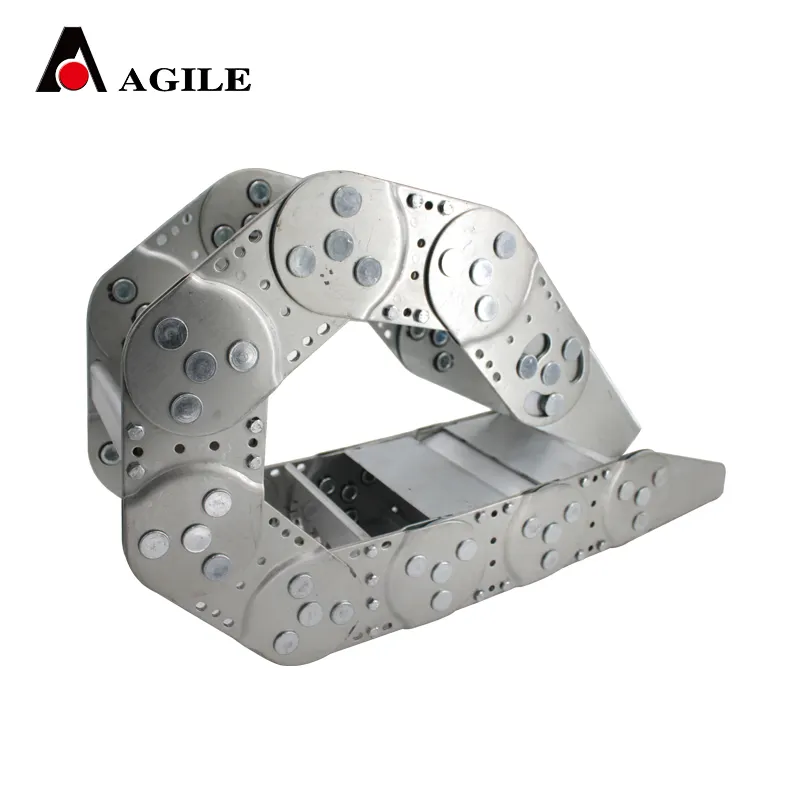Efficient Transport Systems for Machine Chips in Modern Manufacturing Environments
The Role of Machine Chip Conveyors in Modern Manufacturing
In the rapidly evolving landscape of modern manufacturing, efficiency and precision are pivotal factors that contribute to a company’s success. One of the important tools that has emerged to streamline production processes is the machine chip conveyor. These systems are designed specifically to handle the byproducts of machining operations, namely the metal chips, swarf, and shavings that are produced when cutting, milling, or grinding materials.
Understanding Machine Chip Conveyors
Machine chip conveyors are specialized conveyor systems that transport chips, metal shavings, and other waste materials away from the machining area. They are an essential part of any machining operation since they help maintain a clean work environment, reduce downtime, and improve the overall efficiency of the manufacturing process. By automating the removal of chips, manufacturers can focus on their core operations without the constant interruption of manual clean-up tasks.
Types of Machine Chip Conveyors
There are several types of machine chip conveyors, each suited for specific applications
1. Horizontal Belt Conveyors These are the most common type of chip conveyors. They consist of a flat belt that moves the chips from the machine to a waste bin or recycling area. They are simple to operate and maintain, making them ideal for various machining centers.
2. Inclined Belt Conveyors For applications where space is limited or vertical elevation is needed, inclined belt conveyors can be employed. They transport chips upward or downward, facilitating the disposal of waste materials without requiring additional floor space.
3. Magnetic Chip Conveyors These are specifically designed for ferrous materials. By utilizing magnets, these conveyors can effectively transport metal chips while minimizing the risk of cross-contamination between different material types.
4. Auger Conveyors These systems use a rotating screw mechanism to move chips. They are particularly useful for thicker or more cumbersome materials that may not work well with belt systems.
machine chip conveyor

5. Drag Chain Conveyors Suitable for heavy and abrasive materials, drag chain conveyors feature metal links that move along a track, dragging chips to their destination. They provide robust handling of large quantities of chips, making them ideal for heavy industrial applications.
Advantages of Using Machine Chip Conveyors
Incorporating machine chip conveyors into a manufacturing operation holds various benefits
- Increased Productivity By automating the chip removal process, manufacturers can reduce the time and labor costs associated with manual clean-up. This allows operators to focus on their primary tasks, thus increasing overall productivity.
- Enhanced Work Environment A cleaner work area translates into a safer environment for workers. Chip conveyors help minimize clutter and reduce the risk of accidents related to slips and trips over waste materials.
- Better Equipment Longevity Continuous build-up of chips and waste can result in wear and tear on machinery and tools. By regularly removing these materials, manufacturers can prolong the life of their equipment, leading to lower repair and replacement costs.
- Environmental Sustainability Efficient chip handling can facilitate recycling programs. Many machine shops are now turning to recycling options for their metal chips, thereby reducing waste and promoting sustainable practices within the industry.
Conclusion
As manufacturing processes become more complex and the demand for efficiency increases, the role of machine chip conveyors will only grow. They not only streamline operations but also contribute to a cleaner, more organized workplace. By choosing the right type of chip conveyor, manufacturers can enhance their operational efficiency, ensure worker safety, and promote environmentally responsible practices. Consequently, investing in machine chip conveyors is not just a matter of improving productivity; it is a strategic decision that sets the foundation for a successful and sustainable future in manufacturing.








